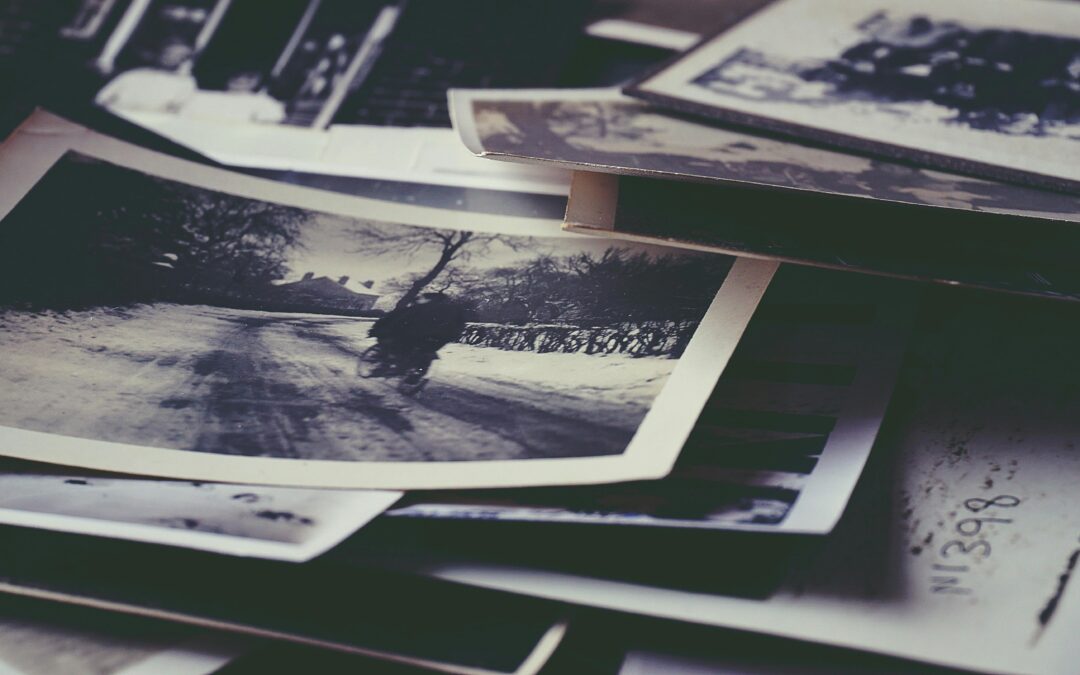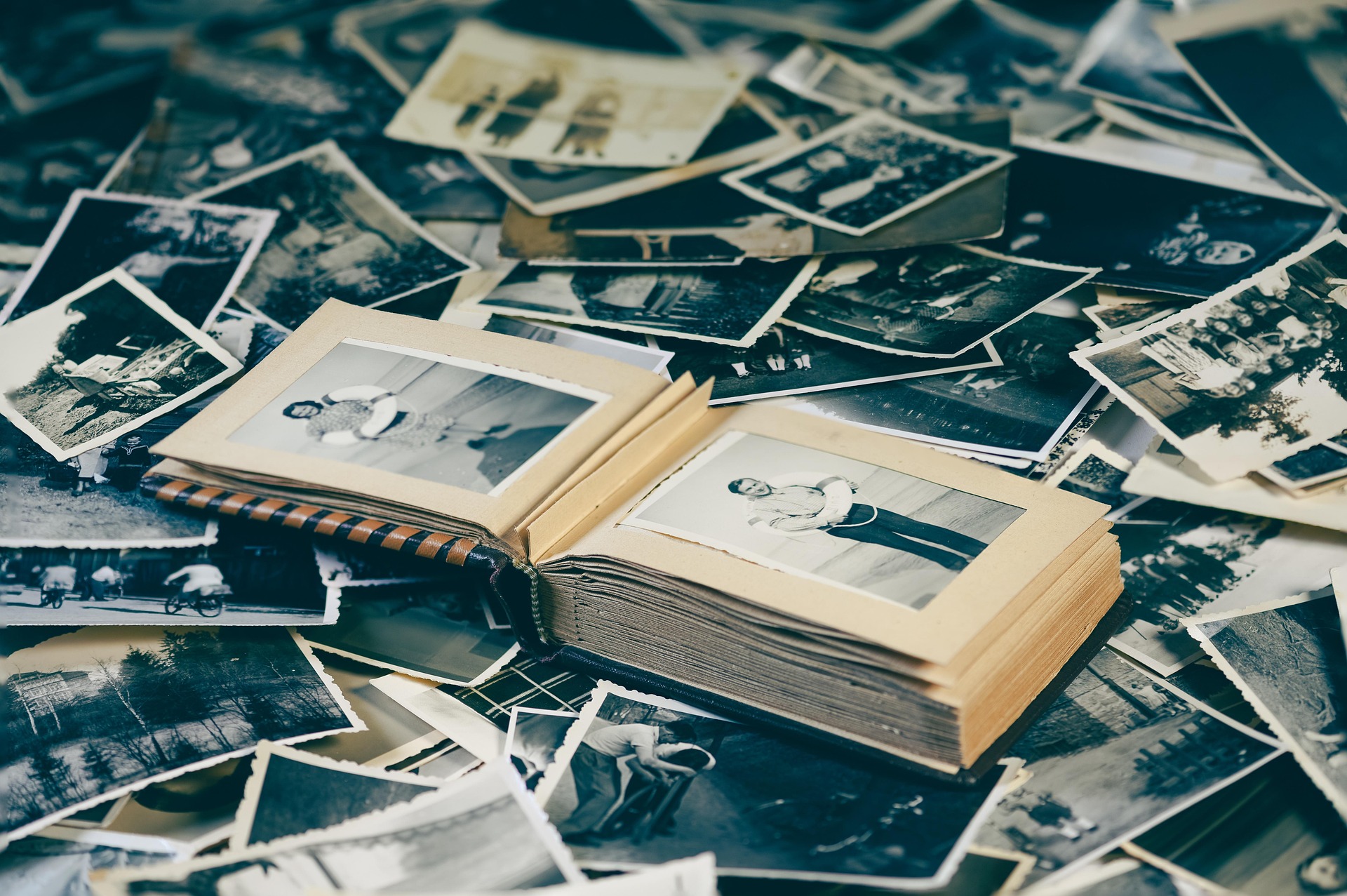Every time I open a closet or dig through an old box I find stacks of family photos just waiting for attention. It’s easy to let them pile up but these snapshots hold memories I never want to lose. The real challenge is figuring out what to do with all those prints and digital files so they don’t just gather dust or get forgotten on a hard drive.
I know I’m not alone in feeling a little overwhelmed by the sheer volume of family photos. If you’re like me you want to keep those memories safe and maybe even share them in creative ways. Let’s explore some simple and meaningful options for organizing preserving and enjoying every treasured photo.
Sorting and Organizing Your Family Photos
Sorting and organizing hundreds of family photos moves memories from hidden stacks to accessible collections. I separate digital and physical formats first, then apply a structured sorting system to simplify access and preservation.
Digital vs. Physical Photos
Digital and physical photos need different methods for organization. I start by listing the types and main considerations for each:
| Photo Type | Storage Consideration | Sorting Method | Example Tools |
| Physical | Avoid moisture, fading | Chronological, By Event | Acid-free boxes, photo albums |
| Digital | Prevent file loss and corruption | Date, People, Tags | Cloud storage, local drives |
Physical photos, like printed portraits from the 1970s, degrade with light, heat, and handling. Digital files, including JPEGs on old drives, risk loss without backup and consistent labeling.
Creating a Simple Sorting System
Sorting systems for family photos work best when they’re consistent and minimal. I use the following sequence:
- Group photos by year first to make large batches manageable, for example, 1990s vacation albums.
- Divide each year into events if I’ve got enough details, such as weddings or milestones.
- Label folders or albums using names, dates, or places so I can retrieve images quickly.
- Tag digital files with keywords, like “graduation 2002” or “family reunion 2019”.
- Remove duplicates and blurred images during sorting to reduce clutter.
Here’s a sample sorting table I use for digital files:
| Folder Name | Photo Types Included | Example Tag |
| 2010_Birthdays | All family birthday parties 2010 | “birthday” |
| 2015_Weddings | Wedding ceremonies, receptions | “wedding” |
| 2018_Graduations | High school, college graduations | “graduation” |
| Travel_2012_Europe | Family trips in 2012 to Europe | “travel, Europe” |
Once I’ve created this consistent system, it’s easier to find, share, or preserve family photo memories across generations.
Creative Ways to Display Family Photos
Displaying hundreds of family photos invites me to turn treasured memories into art and interactive stories in my home. I see each photo as a chance to showcase history and personality while preventing valuable images from fading into storage.
Gallery Walls and Home Décor Ideas
Gallery walls create impactful displays in living rooms, hallways, and staircases. I arrange framed photos in grids, salon-style clusters, or eclectic mixes to add context through shape and spacing. Floating shelves and picture ledges let me rotate images easily, so my walls evolve over time. Large-scale canvas prints or photo collages become focal points above furniture—for example, dining tables or sofas. For themed displays, I group photos by event, time period, or subject, like grandparents’ weddings or annual family reunions. Integrating photo prints into functional décor, such as photo clocks or decorative trays, brings personality to daily spaces.
| Home Décor Idea | Description | Suitable Location |
| Grid Gallery Wall | Evenly spaced frames, one consistent size | Living room, office |
| Eclectic Layout | Mixed frame sizes, organic clustering | Hallway, staircase |
| Floating Shelves | Photos propped with décor items | Entryway, bedroom |
| Canvas Photo Print | Single image, bold and large-scale | Above fireplace, sofa |
| Themed Collage | Grouped by subject, time, or event | Dining area, stair landing |
Creating Photo Albums and Scrapbooks
Photo albums and scrapbooks let me curate collections with a personal narrative. Chronological albums highlight family growth, milestone events, and generational stories with clear, dated captions. Themed scrapbooks, like vacations or holidays, combine photos, ticket stubs, or handwritten anecdotes so each page feels unique. I use acid-free paper and protective sleeves to maintain color quality and prevent physical damage. Digital photo books offer printed keepsakes when ordering from major retailers or online services, with custom layouts and text options to enhance the story behind each set of images.
| Album Type | Key Features | Best Use Case |
| Traditional Photo Album | Physical, plastic sleeves | Chronological or major events |
| Themed Scrapbook | Mixed media, custom layouts | Vacations, celebrations, hobbies |
| Digital Photo Book | Printed from digital designs | Gifts, multi-year retrospectives |
| Archival Album | Acid-free, long-term preservation | Heirloom or fragile photos |
Preserving Memories for the Future
Preserving family photos for future generations keeps stories alive and connects memories across time. I use a mix of analog and digital strategies to secure these irreplaceable images.
Digitizing Old Photographs
Digitizing photographs protects against fading, loss, and physical damage. I scan prints at a minimum of 600 DPI to retain detail and future-proof per recommendations from the Library of Congress. Flatbed scanners and mobile apps like Google PhotoScan or Epson FastFoto enable batch processing. I save files in high-quality formats like TIFF for archiving, while sharing JPEG versions for family access. Consistent file naming and metadata tagging with dates, locations, and names help me sort and retrieve images efficiently.
Common File Formats for Digitized Photos
| Format | Description | Best Use |
| JPEG | Compressed, small size | Sharing, web |
| TIFF | Uncompressed, large size | Archiving |
| PNG | Lossless, moderate size | Editing, web |
Backing Up and Storing Photos Safely
Backing up both digital and physical photos guards against technical failure or disaster. I keep digital files in multiple locations, combining at least two external drives and one cloud storage option like Google Photos, iCloud, or Amazon Photos. I refresh backups every 6-12 months and check file integrity.
For physical prints, I store originals in acid-free boxes and photo-safe sleeves, away from light, humidity, and heat. I label containers with event or date identifiers for quick reference. Climate-stable spaces like interior closets outperform garages and attics in preventing image degradation.
| Storage Method | Risk Level | Recommended Use |
| External Hard Drive | Low | Redundant digital backup |
| Cloud Storage | Low | Offsite backup and remote accessibility |
| Acid-Free Box | Low | Physical photo archiving |
| Regular Envelope | High | Temporary holding only |
Sharing Family Photos With Loved Ones
Sharing family photos strengthens connections by turning memories into experiences everyone can enjoy. I create memorable moments and meaningful gifts when I share these collections thoughtfully.
Personalized Gifts and Keepsakes
Personalized keepsakes transform family photos into cherished objects. I often use these options to celebrate special occasions:
- Photo Books: Curated collections, like wedding albums or baby milestones, capture entire stories.
- Custom Calendars: Monthly family calendars keep loved ones connected, featuring events and birthdays.
- Photo Mugs and Blankets: Everyday items personalize routines, like coffee breaks and cozy evenings.
- Framed Prints and Canvases: Displayed favorites enhance living spaces and become conversation pieces.
| Keepsake Type | Example Use Case | Common Size/Format |
| Photo Book | Anniversary Gift | 8×11″ Hardcover |
| Custom Calendar | Grandparent Present | 12-Month, Wall |
| Photo Mug | Holiday Keepsake | 11oz, White Ceramic |
| Framed Print | Home Décor | 8×10″, 16×20″ |
| Photo Blanket | Family Reunion Gift | 50×60″, Fleece |
Family Slideshows and Online Albums
- Digital Slideshows: Curated presentations with music highlight holidays, trips, or major milestones.
- Private Online Albums: Secure cloud platforms like Google Photos or Apple Photos provide easy access. I share these through invitations or private links.
- Collaborative Albums: Group uploads allow relatives to contribute their photos, creating fuller stories.
| Platform/Format | Access Type | Unique Features |
| Google Photos Album | Shared Link | Face recognition, search |
| Apple Photos Shared | Invite-Only | Live Photos, reactions |
| PowerPoint Slideshow | File Share | Custom transitions, music |
| YouTube Private Link | Unlisted Video | Streamlined viewing |
| Facebook Private Group | Member-Only | Comments, discussion |
Letting Go: How to Declutter Excess Photos
Letting go of excess family photos helps me reduce clutter and makes meaningful collections more manageable. When I curate what to keep and let go, I maintain clarity and preserve the most significant memories.
Deciding What to Keep or Discard
Deciding which family photos to keep or discard begins with honest evaluation. I look for the context, quality, and uniqueness in each image. Blurry duplicates, repetitive group shots, or photos with unknown people can go first.
I separate photos into three piles: keep, maybe, and discard. Then, I ask specific questions for each image:
| Question | Keep | Discard |
| Is the subject meaningful to me? | Yes | No |
| Is the image clear and in good condition? | Yes | No |
| Does it fill a gap in family history? | Yes | No |
| Is it a duplicate or very similar shot? | No | Yes |
I tag “maybe” photos and revisit them in a week, which often clarifies which ones matter most. If someone else in the family values a photo I don’t, I offer to share or donate a digital copy.
Responsible Photo Disposal Options
Responsible photo disposal protects privacy and the environment. When discarding photos, I check for sensitive details like names or addresses.
For physical photographs, I shred or cut up images containing personal or private information. Local recycling centers sometimes accept photos printed on regular paper, while those developed on photo paper require landfill disposal due to chemical coatings. I always check local regulations about photo recycling.
For negatives and slides, I use specialized e-waste or hazardous waste collection sites. Some charities or historical societies accept non-identifiable photos for art projects or archives.
| Disposal Method | Photo Type | Environmental Impact |
| Shredding | Prints, Documents | Good privacy control |
| Recycling | Plain Paper Photos | Low, if accepted |
| Landfill | Photo Paper Prints | Moderate, not ideal |
| E-waste Programs | Negatives, Slides | Low, with proper sites |
| Donation | Select Prints | Low, if repurposed |
Conclusion
Tackling hundreds of family photos might seem daunting at first but it’s truly rewarding to see your memories organized and celebrated. I’ve found that taking small steps and making thoughtful choices helps me honor the past while keeping things manageable for the future.
Whether you’re curating a gallery wall or creating a digital archive these efforts ensure that family stories are never lost in the shuffle. With a little time and care your photos can become a living part of your home and a legacy for generations to come.



